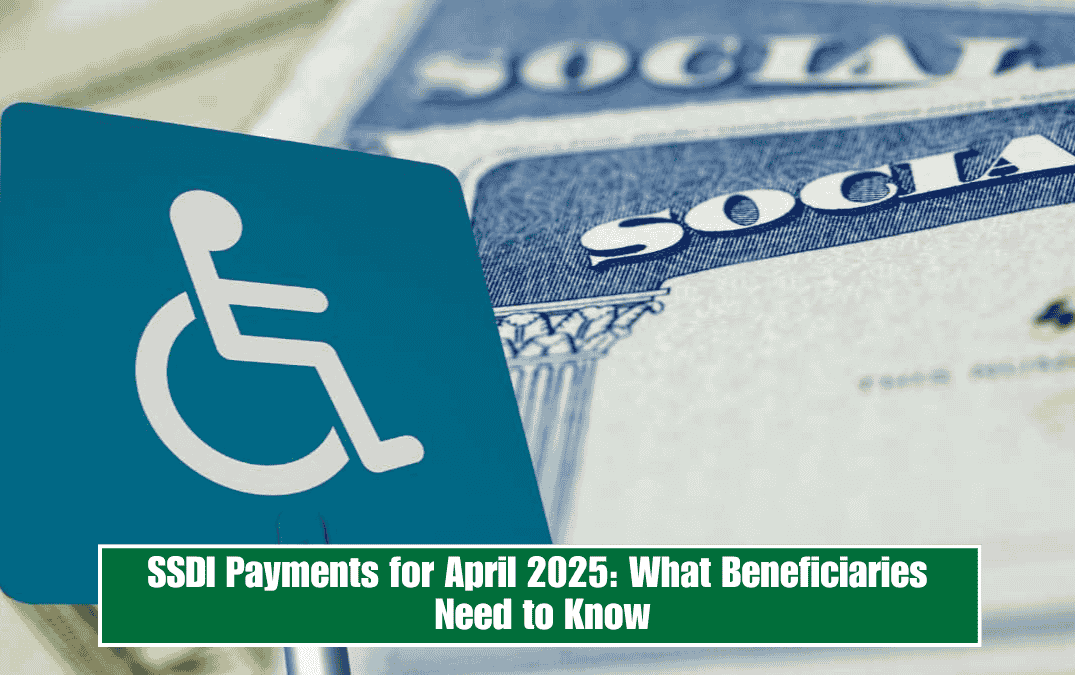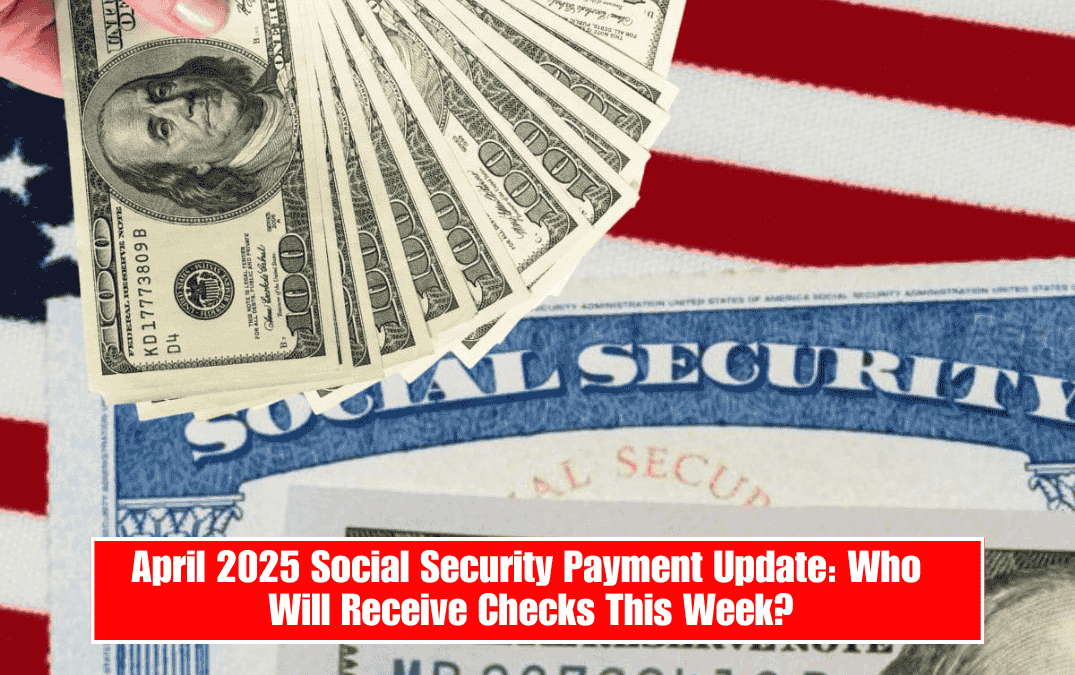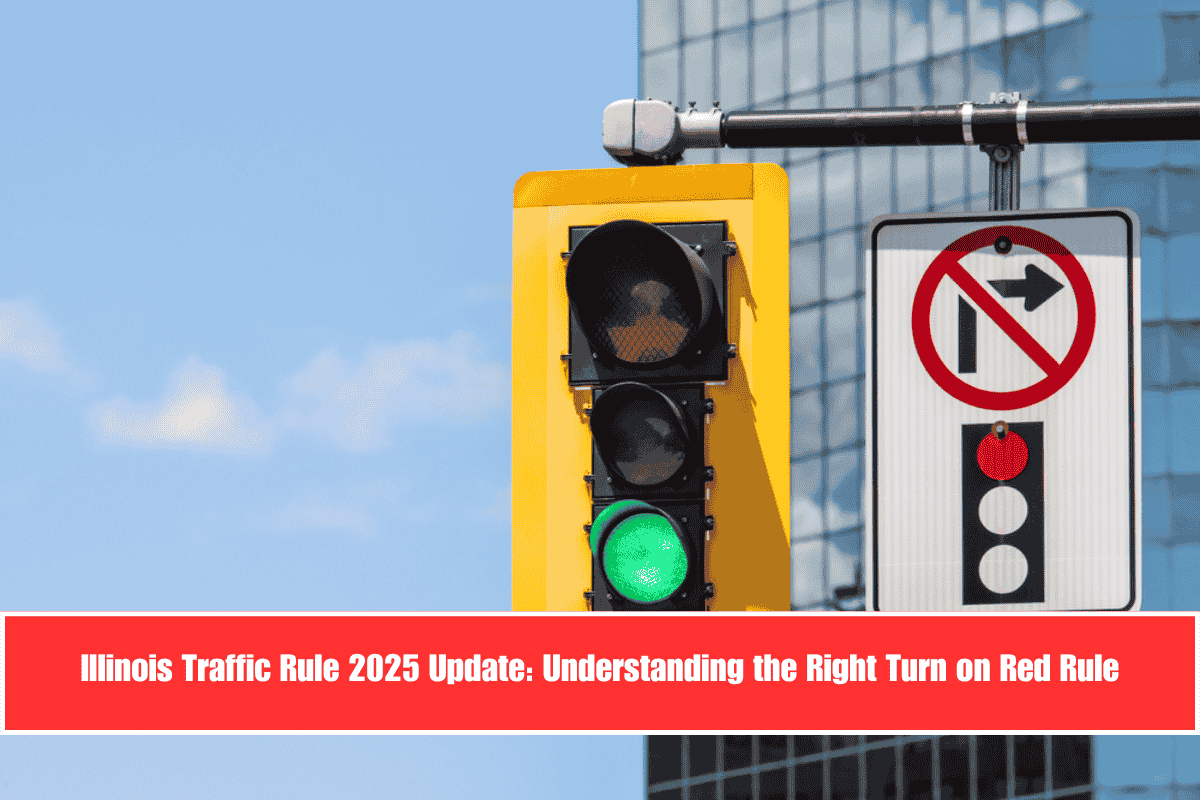If you are a senior, a person with a disability, or someone who is legally blind and live in the United States, you might qualify for Supplemental Security Income (SSI) in 2025. This federal assistance program offers monthly financial support to people who have very limited income and resources.
Let’s break down how the SSI program works in 2025, what the payment amounts are, who is eligible, and what other benefits you can combine with it.
What Is SSI and Who Can Apply?
The Supplemental Security Income (SSI) program is run by the Social Security Administration (SSA) and is meant to help people who are either:
- Aged 65 or older with low income,
- Suffering from a serious physical or mental disability that keeps them from working, or
- Legally blind, with major vision problems.
In some cases, children under 18 with severe disabilities or limitations may also qualify, but their condition must last at least 12 months or be expected to result in death.
To be eligible for SSI, your monthly income and total resources must stay below strict limits.
How Much Does SSI Pay in 2025?
As per the latest cost-of-living adjustment (COLA), the maximum federal SSI payment in 2025 is:
- $967 per month for individuals
- $1,450 per month for couples
Some states like California and New York may offer extra payments, called state supplements, that can increase the total monthly benefit.
What’s the Catch?
SSI is a need-based program, so how much you receive depends on how much money you already have coming in. For example, if you have a pension or part-time job, the SSA will subtract that income from your SSI check after applying certain exclusions.
Here’s how it works:
- $20 of any income is not counted (called the general exclusion)
- $65 of earned income is also not counted
- Then, 50% of the rest of your earned income is excluded
So, if you’re receiving $300 in monthly pension, the SSA will subtract $280 ($300 – $20 exclusion) from your maximum SSI of $967, and you’ll get $687 in SSI payments.
What Are the Income and Resource Limits?
To qualify, your resources must not go beyond:
- $2,000 for individuals
- $3,000 for couples
Resources include cash, bank accounts, and investments—but not your home, your primary vehicle, or up to $1,500 saved for burial.
Who Is Not Eligible?
You cannot get SSI if:
- You’re not a U.S. citizen, legal resident, or national (some exceptions apply)
- You’re in jail or a public hospital (except for temporary stays)
- Your income or resources are above the allowed limits
SSI for Students and Work Goals
If you’re under 22 and going to school, you can earn up to $2,220 per month without affecting your SSI benefits, thanks to the Student Earned Income Exclusion.
The PASS Plan (Plan to Achieve Self-Support) also allows you to set aside money to reach a work goal—like buying work equipment or going for training—without it counting against your SSI eligibility.
Can I Get SSI and Social Security Together?
Yes, you can get both SSI and Social Security benefits at the same time, but only if your total income stays within the allowed limits. For example:
- If you’re receiving $500 in Social Security retirement, the SSA will subtract $480 ($500 – $20) from your SSI
- So your SSI payment will be $487, giving you a combined monthly income of $987
The resource limits remain the same: $2,000 for individuals and $3,000 for couples.
In 2025, the Supplemental Security Income (SSI) program continues to provide vital financial help to older adults, people with disabilities, and those who are legally blind. The maximum payments—$967 for individuals and $1,450 for couples—offer basic monthly support, but strict income and asset limits must be followed.
Extra help is available for students and workers trying to become financially independent. Plus, combining SSI with Social Security retirement or disability benefits is possible, as long as the total income does not go over the defined limits.
To apply, you’ll need to provide proof of income, resources, medical condition, and citizenship status. Applications can be made online, by phone, or by visiting your nearest Social Security office. Make sure you check with the SSA or a trusted advisor to see if you qualify.















